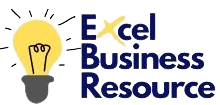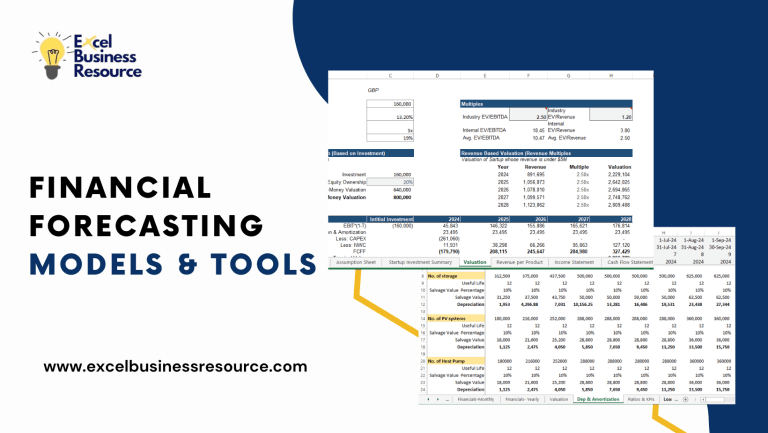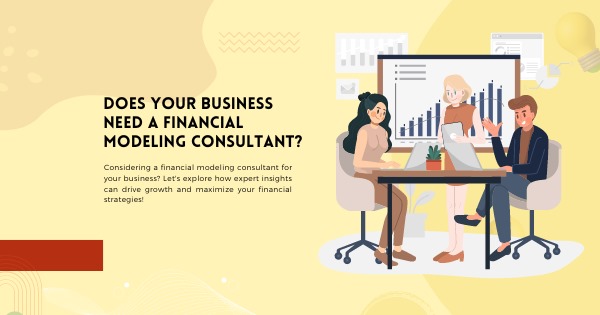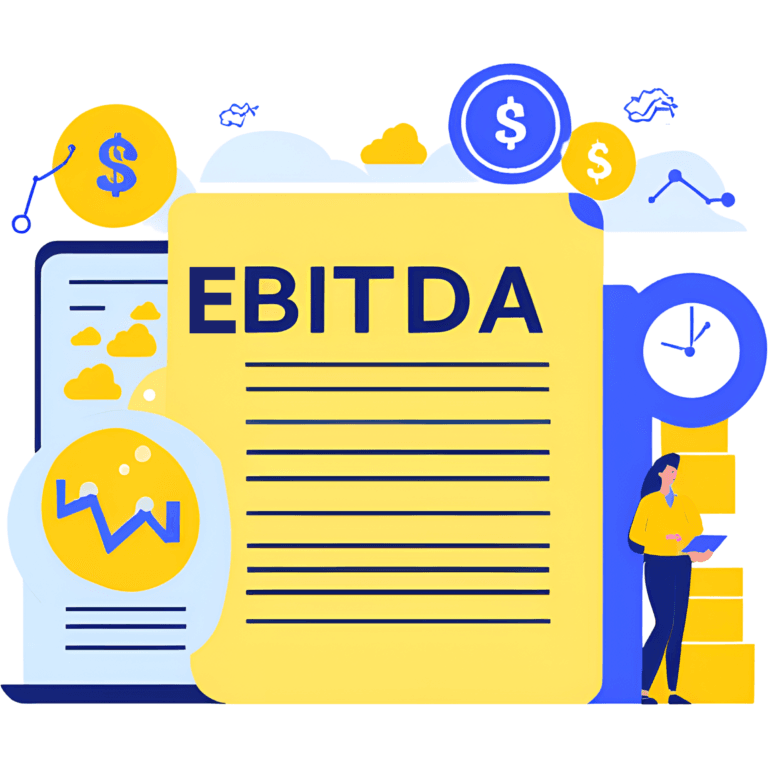The Significance Of A Business Plan And Its Essential Components
- Hammad Hasan

A business plan is a set of consequential documents of your business that defines its objectives, goals, and how it will achieve them. It outlines your business vision, strategies, products and services, industry research, marketing, financials, and, last but not least, its revenue model.
Why Businesses Fails
Every day, thousands of businesses register worldwide. According to the World Bank’s Entrepreneurship Survey and database, the mind-boggling rate of new business registration every year. However, you wouldn’t see any of these businesses in the market, because 99% of companies fail within a few years. Only a tiny percentage of them have a chance of survival.
Another fact from the Bureau of Labor Statistics, is about 20% of small businesses fail in their first year and about 50% in their fifth year.
Moreover, Research from the University of Tennessee found that 44% of businesses fail within the first three years. Among those that operate within specific sectors, like information (which includes most tech firms), 63% shut shop within three years.
There are many Startups around, but what makes a successful from others? Most research and stats mentioned the “Lack of Business Planning.”
Business Plan: Blue Print Of Your Success
There are many business plan types and formats according to the need and purpose of the business and especially who will be the reader. It also depends on who constructs the business plans, i.e., startup, SME, or big giant.
Following are the 7 crucial things for which you have to write a business plan;
- To raise money for your business.
- To make sound decisions
- Critically analyze the business strategies
- To help you identify any potential weaknesses
- To communicate the business vision to your team and create synergy
- To communicate your ideas with stakeholders
- Future business expansion planning
The Business Plan Template & Elements
The business plan’s length depends upon the business plan’s purpose and the type of business plan explained above. Usually, a Business Plan template consists of 15 to 40 Pages depending upon the type of business, whether to apply for SBA Loans or raise investment, its market size, target market, and its financial needs. Furthermore, the business plan size also depends on how detailed the reader is willing to read or discuss. Business Plan readers include banks, Venture capitalists, angel investors, Government agencies, etc. All these have a different perspectives to read the business plan and analysis in any specific business segment.
There are lots of business plan templates available over the internet, which you can use to write the business plan. But the essence is to use it appropriately, that is relevant to your business model, and easily convey your idea to readers (i.e. Banks, Angel Investor, Govt, etc).
Below are some most essential business plan segments that must be included in the business plan template to grapes the reader’s attention and increase your chance of investment.

Executive Summary:
It is the first section of the business plan but written last. It is the outline or summary of the whole business plan, i,e. What are the business idea, mission, objectives, Product and services, target market, little industry stats, Leadership, capital requirements, and ROI
Company Descriptions
In this section, you describe your business idea, locations, and company status. Moreover, you also elaborate on how this idea encourages you for startups and what vision you picture for business. You can also explain the background of the industry and hidden demand or anything that can engage the investor or support your business idea.
There are more sub-sections that are equally essential to mention..
- Vision: The investor wants to know your long-term vision for the business
- Mission: The investor Wants to understand your short to medium-target achievement for the business
- Objective & Goals: can be in bullet points and can be more than.
- Key to Success: you explain the factors or KPIs that can be vital for the success of the business. Remember, these KPIs are related to operations, teams, customers, efficiency, etc.
Unique Value Proposition / Differentiation/ Uniqueness: Give the best explanation of what makes the Products or Services Unique or Create Value to Customers.
Products & Services
In this section, you explain the products/services and describe their features, benefits, technology used, manufacturing process, sourcing, usability, durability, lifespan, and Unique Value Propositions. Showcase your minimum viable product or prototype; also explain the patent, rights, proprietary technology, coding or process, and the problem that your services will solve. You can also highlight your direct and indirect competitors and compare them with them.
In Summary, you should elaborate on all the things related to products/ services that your investor would want to see and support your arguments.
Target Market
Target market means the most likely potential customer of your product and services. You need to explain who are your customers and your market’s persona. Identifying the business’s target market is a critical and imperative task for decision-making. Entrepreneurs must spend enough time analyzing the potential market. It is crucial to get in-depth knowledge of your potential customers, then you are more likely to get a good start in your business.
You can segment your target market in many ways, like age group, Income group, marital status, education-based, behavior base, Socioeconomic base, and geographical base. These depend upon the type of product and services you have.
Market Research & Industry Analysis
The investor pays more attention to the market research and industry analysis of the business. Market research is the total number of potential buyers of your product and services that can be your buyer too. These buyers can be a regional basis, specific interest, country-based education or income-based as described above section. The main thing is that you should be able to explain and emphasize how big the market size can be, and how much purchase frequency time would be, therefore all stakeholders can predict the potential revenue or market share of your product.
This section is the lengthiest part of your business plan because it’s like a concrete floor of your business and the whole business success is based on research. Therefore you should evaluate your market research and relate market trends, i.e. consumer behaviors, internet parity and consumer mindset shift, what age group likes your product or services, frequency of purchases, etc.
Furthermore, you could also need to compare your product or services with your competitors, or you could show your competitor’s stats in your research. The research should be presentable and understandable The best way to show it is in graphs, infographics, smart art, or graphical images with explanations.
If you have a good product but aren’t able to explain market stats and analysis adequately, then there will be no chance of getting an investment. Every entrepreneur must spend enough time collecting industry data related to their product & services.
There are 2 approaches for analyzing the market size, the top-bottom approach, and the bottom-top approach. Another widely accepted format is to identify your target market in the business plan. Ie. TAM, SAM, SOM.
Sales and Marketing Strategies
This section is also critical and essential for investors because investors would want to see the sales process, revenue model, and marketing strategies.
The revenue model is how your company will make revenue and how leads convert into customers. Similarly, what would be your strategies for marketing and branding to attract and keep customers?
The revenue model should be simple and accessible not only for investors’ understanding but for customers as well. If you have a good product, but the revenue model or payment process is not convenient then customers won’t come to you.
There are 9 ways of revenue models, which you can choose for your business It depends upon the type of product or services you have.
Similarly, there are many marketing strategies, some of our industry-specific, which wouldn’t work in other industries. For instance, sales representative staff can be applied in the resort, and pharmaceutical industry, but wouldn’t work in the SaaS industry mainly. Therefore you must know the strategies you can use
Moreover, you should also explain where you will spend your marketing budget for sales conversion and the brand position.
Strategies
Investors are more comfortable in charts and dashboards for briefing, rather than making long written documents. Therefore adding the following charts & analysis will help the startups with their depth understanding and also make a vibrant impact on investors.
Following are the most common charts & analysis.
- SWOT Analysis
- PESTLE Analysis
- 5 Market Force Analysis
- Pricing Strategy
- External Market Analysis
Business Model Canvas
It is another summarization tool that investors see for analysis. BMC visualization has 9 building blocks, specifying the core pillars of the business. It helps readers to encapsulate critical facts quickly. Every entrepreneur should frequently go through the BMC to make changes, growth, and innovation in the business. Since most investors and entrepreneur has busy schedule and can’t read the whole business. Therefore they choose to read only Business Model Canvas.
The blocks on the BMC are:
Customer Segments: Who are the customers? What do they think? See? Feel? Do?
Value Propositions: What’s compelling about the proposition? Why do customers buy, use it?
How are these propositions promoted, sold, and delivered? Why? Is it working?
Channels: You explain how you deliver, whether it’s e-commerce or brick and motor base.
Customer Relationships: How do you interact with the customer through their ‘journey’?
Revenue Streams: How does the business earn revenue from the value propositions?
Key Activities: What uniquely strategic things does the business do to deliver its proposition?
Key Resources: What unique strategic assets must the business have to compete?
Key Partnerships: What can the company not do so it can focus on its Key Activities?
Cost Structure: What are the business’ major cost drivers? How are they linked to revenue?
Financials Forecasting
If the investor likes product/ services, its value proposition, and market size, then in the second phase, the investor would like to see financial model or financial forecasting.
Financial Modeling represents your operations, i.e. Revenue, Cost, marketing, Cash Requirement, Payroll, operating expenses, and profits. Through the financial model, entrepreneurs, and investors test the model and different project scenarios of revenues. Financial forecasting also uses to analyze the investment requirement, and financial viability, i.e, NPV, IRR, Payback period, ROI, and Enterprise Value, Therefore, investors and founders can negotiate on equity sharing and capital injection.
The financial model includes;
- Input Assumptions
- Marketing Budgeting
- Revenue Forecasting
- Income Statement
- Cash Flow Statement
- Balance Sheet
- Debt Schedule
- Working Capital
- Sensitivity & Variance Analysis
- Business Evaluation
- Dashboard
- Dep & Amort Schedule
Bottom Line
Developing a business plan is more than a one-time job, as the businesses grow and could have changes in the product/services. Thus you should change the Business Plan too. The world is changing too fast to predict, market dynamics, economy size consumer behavior keep changing, therefore to be lean and quick with the world speed, you must be flexible to revisit and analyze your strategies, vision, market size, marketing, and financials to keep getting clarity and make changes, where necessary.






